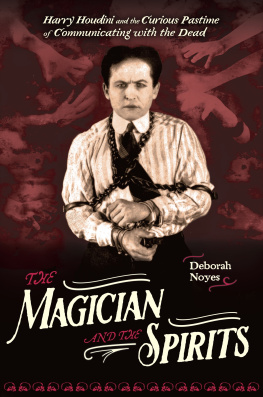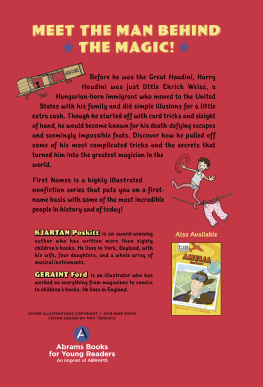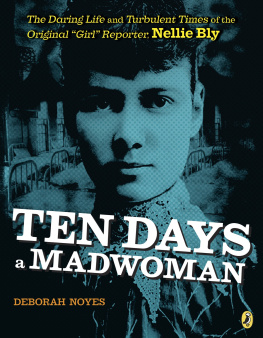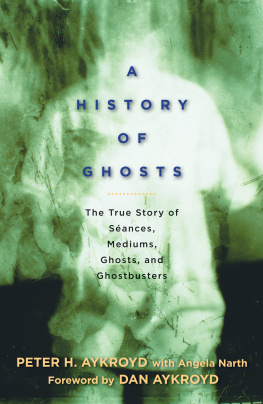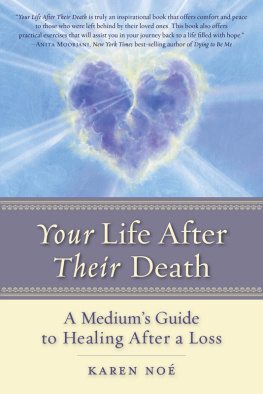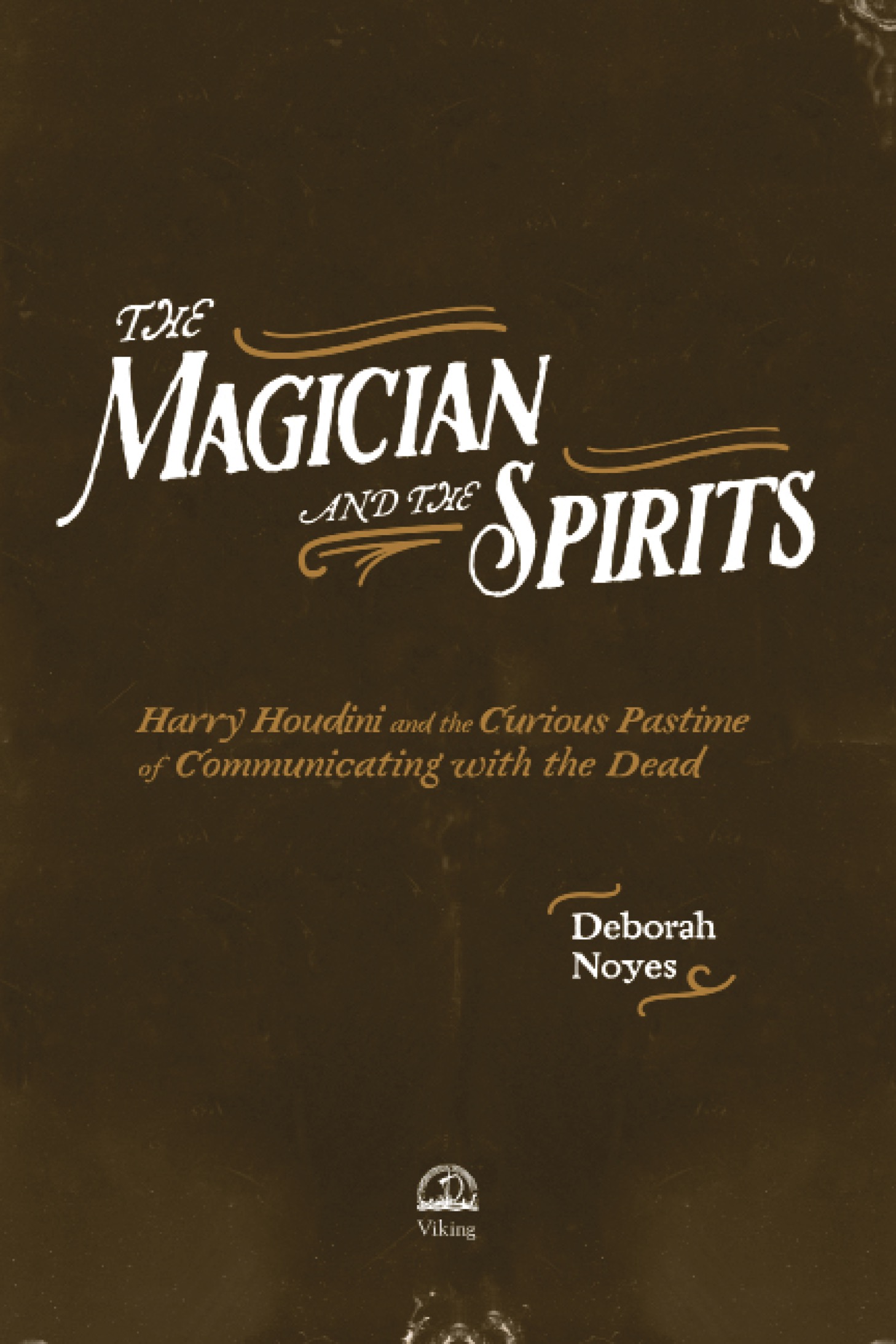Harry Houdini, Handcuff King, circa 1905.
Background: A crowd looks up as Houdini performs his Suspended Straitjacket escape, circa 1916.
INTRODUCTION
Impossibility Commences
W ho was Harry Houdini?
Almost everyone has a mental picture of this mystifier of mystifiers, the most popular magician and escape artist of all time. Whether crouched over handcuffed wrists, liberating himself from a locked jail cell, or making an elephant disappear, he was a blaze of actiona force of mind, muscle, and will. His audiences gaped in wonder as he swallowed needles (or seemed to), bobbed upside down in a water-torture cell, or dangled topsy-turvy in a straitjacket from a tall building.
Over the course of his career, Houdini went by many names. He made his public debut at Jack Hoeflers Five-Cent Circus in 1883, a year after his family settled in Milwaukee, Wisconsin. Billed as Ehrich, the Prince of the Air, the spry acrobat and contortionist was nine years old.
People who saw him later, performing in dime museums, sideshows, and jails, and on the big variety stages of vaudeville, knew him variously as King of Cards, Projea the Wild Man, Wizard of Shackles, or the Worlds Handcuff King and Prison Breaker. As he was quick to advertise, he was an eclipsing sensation who left no challenge unanswered. He was known in every country on the globe, defying duplication, explanation, imitation or contradiction. And in a life dedicated to dreaming up dazzling tricks, stunts, and escapes, he was his own best invention.
The public knew him by many names but rarely the one he started life with. Born in Budapest, Hungary, in March 1874, Erik Weisz (later Ehrich Weiss) was the son of an impoverished rabbi and a doting mother. Neither parent learned to speak English after immigrating to America, but young Ehrich grew into the picture of New World energy and optimism. He was competitive and ambitious, physically powerful, and powerfully present, all traits that would help shape his career as the consummate showman.
What fewer people know about this most visible of performers is that for decades, Ehrich Weiss (who adopted the stage name Houdini early in his career and would one day autograph his books: Houdini. Thats Enough) was preoccupied with things the eye cant see.
Like many people in the nineteenth and early twentieth centuries, Houdini was intrigued (if not convinced) by the startling idea that spirits not only survive death but can also be contacted and can communicate with the living through a third party called a medium.

THIS BOOK IS THE STORY OF A RATIONAL AND relentless showman whose debunking of deception put him in touch with odd and fascinating characters: mediums who said they could converse with the dead, criminal hucksters, deluded scientists, and committees and investigators with job titles like Honorary Secretary of the Society for the Study of Supernormal Pictures.
Its also the story of a devoted son devastated by the death of his Sainted Mother, who swore to investigate spiritual phenomena with an open mind and to uncover and defend truth until the end.
In thirty years, Houdini concluded, in his 1924 book, A Magician Among the Spirits, I have not found one incident that savoured of the genuine.
But it was not for want of trying.
PART ONE
There Is No Death, There Are No Dead

ONE
Harry and Bess Houdini, Spirit Mediums
To me it was a lark. ~Harry Houdini
D uring the late nineteenth and early twentieth centuries, vaudevillewhich brought touring novelty acts together on one stagewas the most popular form of entertainment in American cities.
But in remote small towns, where the vaudeville tours wouldnt go, traveling medicine shows and their hodgepodge of players parked their wagons and staged a humbler sort of performance.
The formula was simple: performers took over a street corner, produced musical instruments, and made a racket. Once a crowd gathered, the shows pitchman or doctor stepped up on a platform and sold his miraculous potions or elixirs. Often he invited the audience back to a local auditorium or music hall for more marvels and medicine the same evening.
In late 1897, in need of steady work, twenty-three-year-old Harry Houdini and his young bride, Bessboth struggling variety performerssigned on for a fifteen-week tour with Dr. Thomas Hills California Concert Company, a typical traveling Midwestern medicine show, at twenty-five dollars a week.
The company, which included Swiss bell ringers, a German comedian, and the many-talented Keatons (family of future silent-film star Buster Keaton), gathered on dusty street corners in Kansas and Oklahoma Territory to draw crowds. Houdini (billed as the Great Wizard) thumped a tambourine, Bess (the little vocalist) sang, and when enough curious onlookers had gathered, Dr. Hill announced the evenings show and went to work peddling bottled potions.

